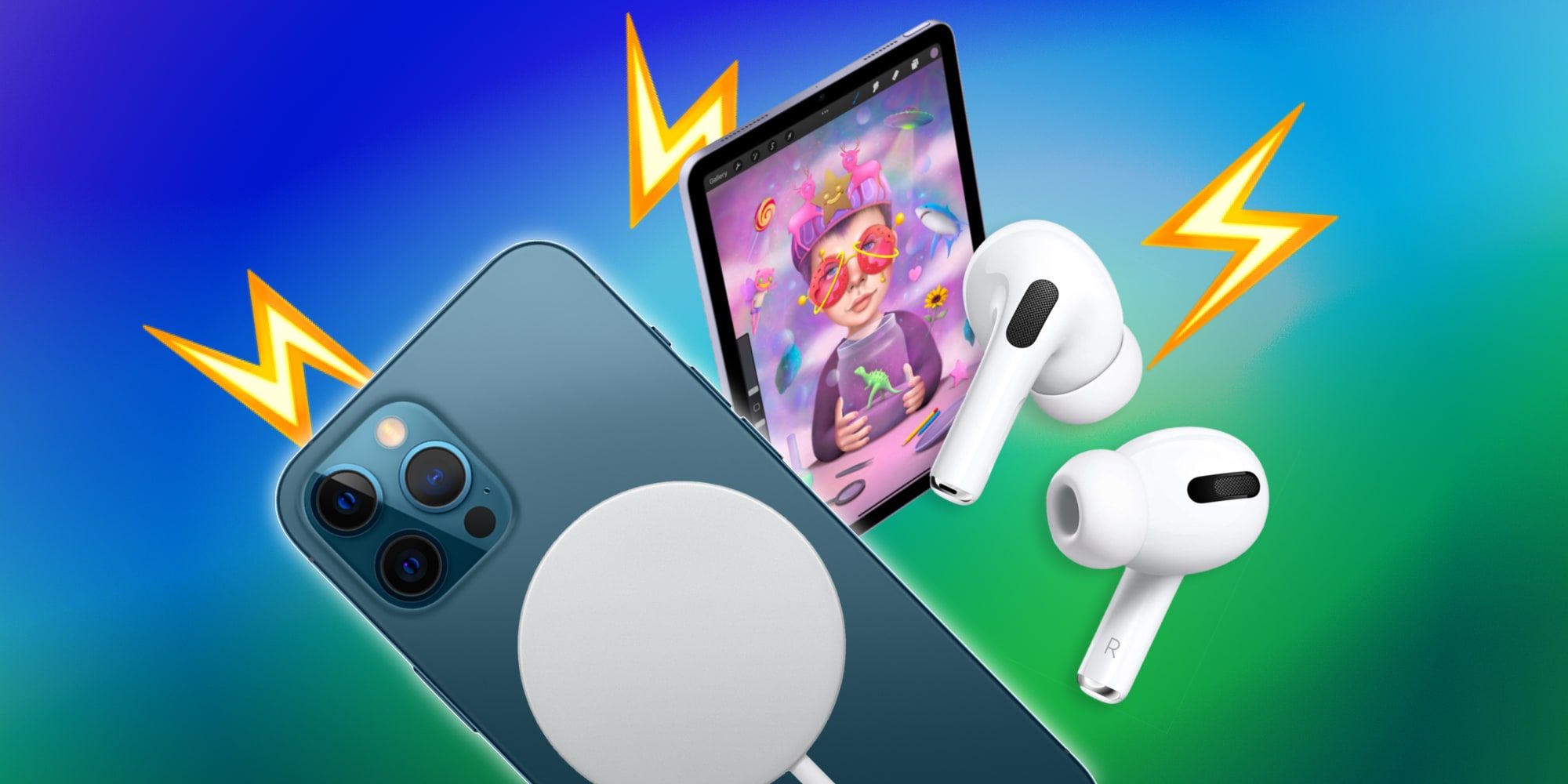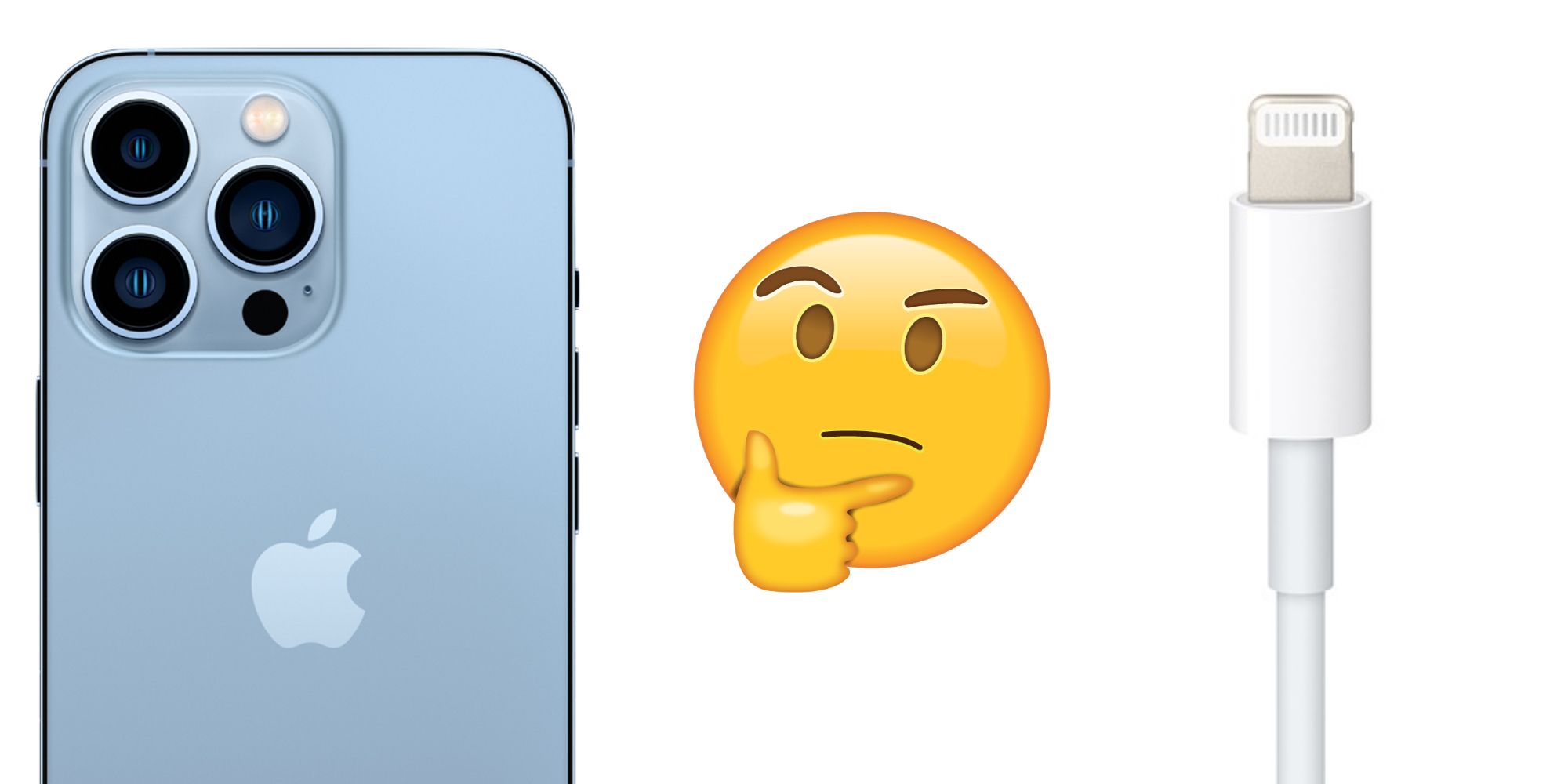Apple might be planning to switch all of its products to USB-C soon. This would cause a bit of trouble for those with Lightning accessories in the short term but would be a welcome change overall, unifying the somewhat confusing mix of cables that Apple includes. Common questions are which are better, and why did Apple ever make a Lightning connection? Currently, Apple exclusively uses the Lightning connector for the iPhone. While some iPad models have Lightning ports, others feature USB-C. Mac computers have never had lightning, using some form of USB and Firewire ports instead.
When Apple announced the Lightning connection, it was innovative, offering a much slimmer and more user-friendly solution. Users can plug a Lightning cable in upside down, and it still works. That wasn't true of micro-USB plugs of that time. Eventually, USB-C was released, offering the same forgiving plug design as Lightning, along with faster transfer speeds.
Recent rumors have suggested that the 2023 iPhone could join most new iPad models that use USB-C. If it does, Apple will likely transition its related products, such as AirPods and the MagSafe Battery Pack. It would make sense to clean up the entire product line at the same time for the economies of scale that go along with iPhone technology. That means the entry-level iPad and Magic Keyboard could get USB-C as well. Apple analyst Ming Chi-Kuo recently suggested something similar in a Tweet. The technology for the port-less iPhone that is undoubtedly coming in the future is not yet ready. According to Kuo, MagSafe is too immature to fully replace the Lightning port.
Is USB Better Or Lightning?
Apple championed its proprietary Lightning port as being superior to micro-USB. However, MacBooks began using USB-C in 2015, and the iPad Pro adopted USB-C in 2018. This suggests that Apple recognizes that USB-C has significant advantages for its most powerful devices. Naturally, iPhone owners would enjoy the faster transfer speeds and a more comprehensive selection of accessories that come with USB-C. Being able to share a cable and a charger with the plethora of USB-C devices would be very handy as well.
Since hundreds of millions of Apple devices contain a Lightning port, the phase-out will likely be gradual, and support will continue for several more years. Kuo predicts a USB-C iPhone in 2023, with accessories making the transition soon after. By the time the last Lightning accessories leave the Apple store, the technology and ecosystem might be mature enough for the seamless and port-less iPhone to arrive.
Source: Ming Chi-Kuo/Twitter


